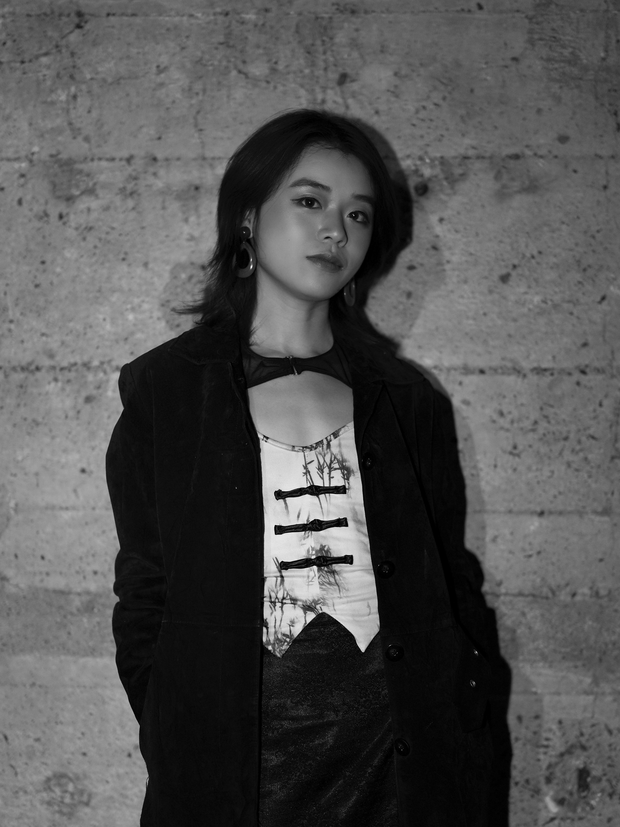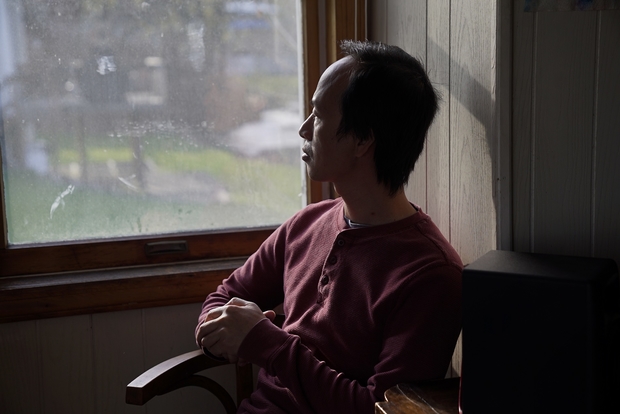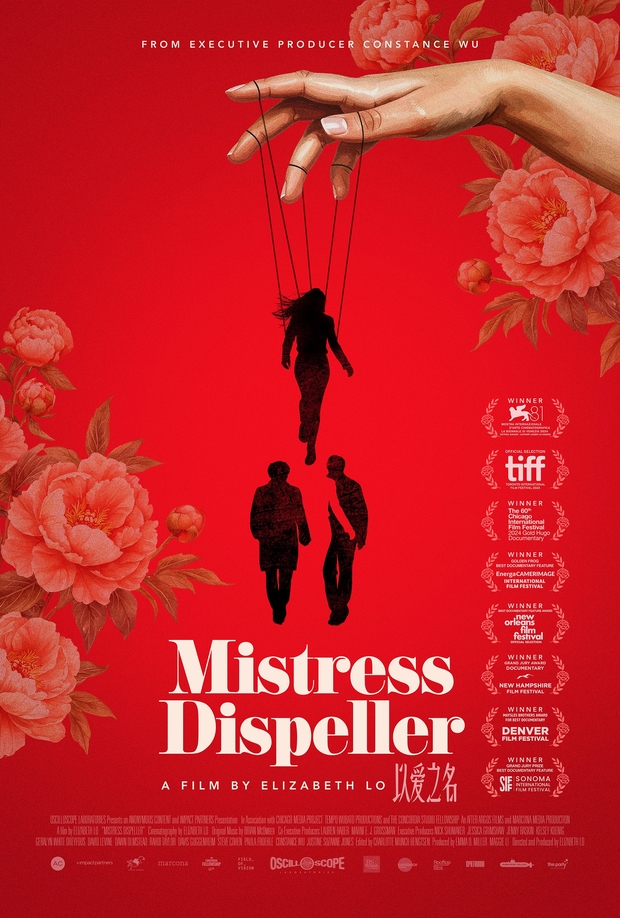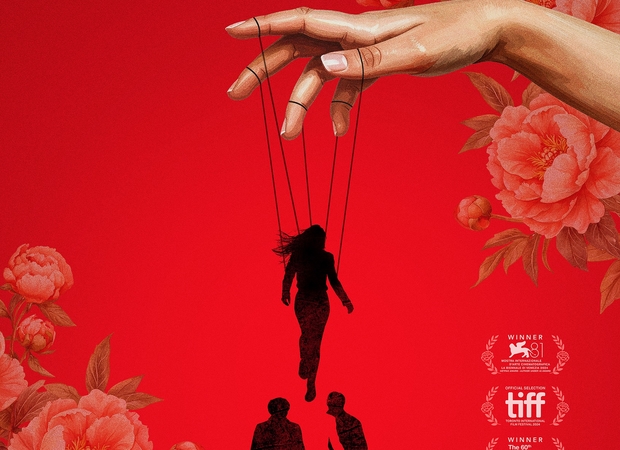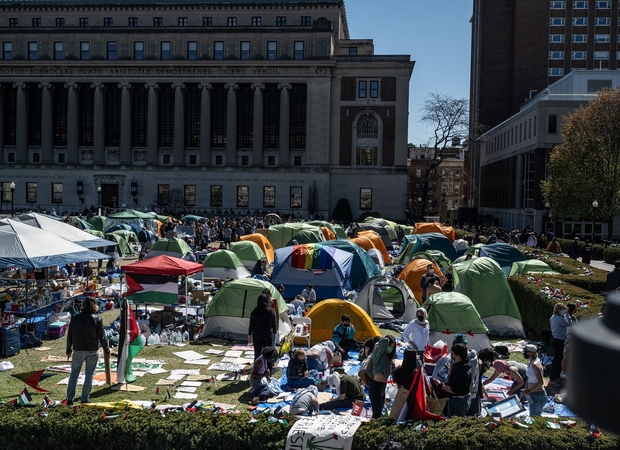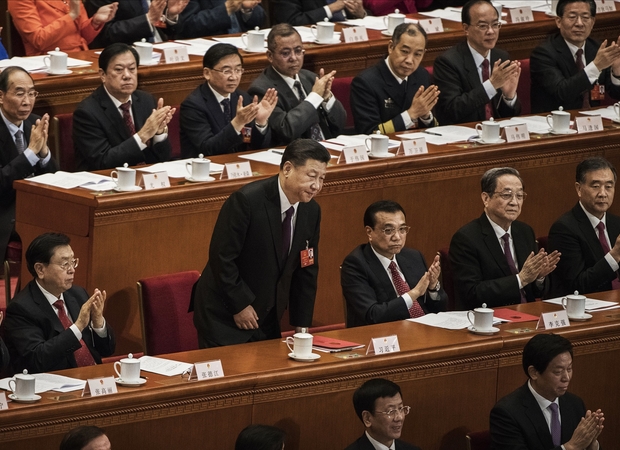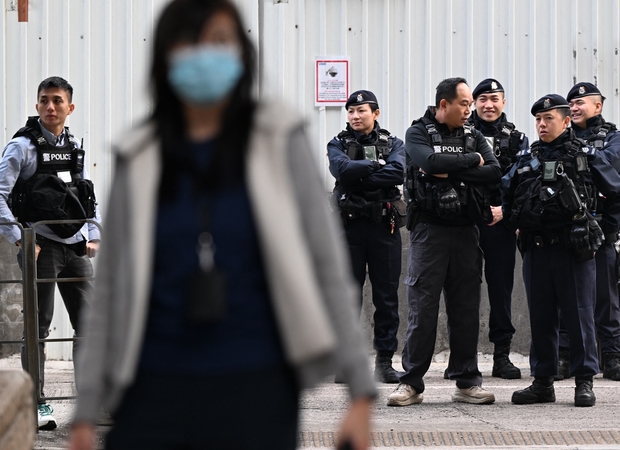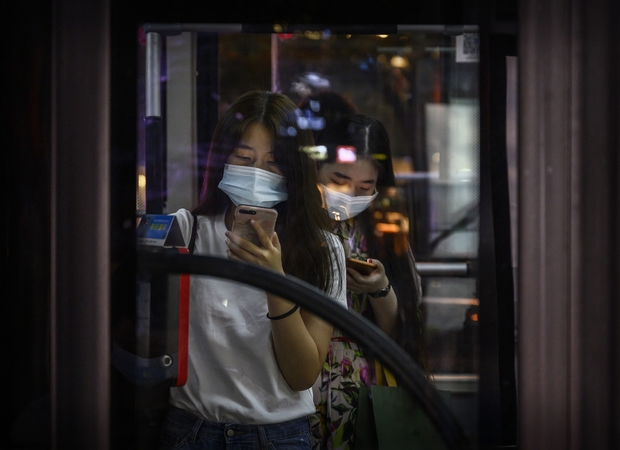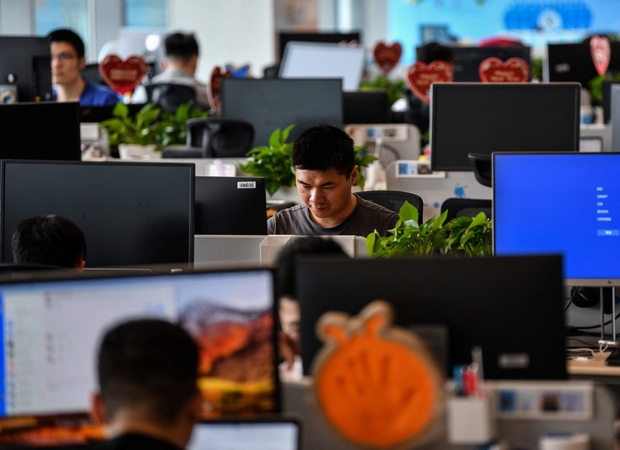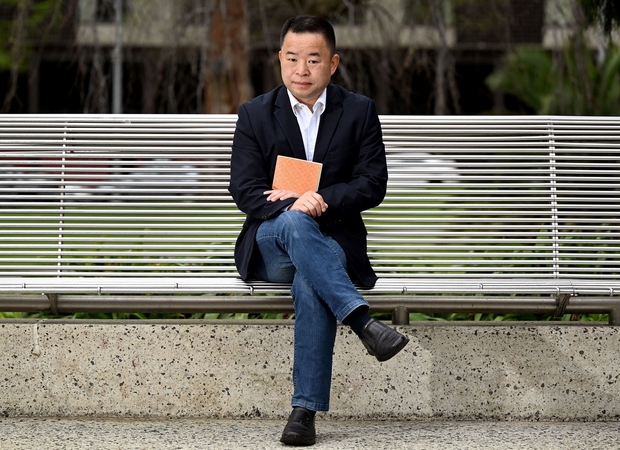“The Dating Game” in China
A Q&A with Filmmaker Violet Du Feng
on November 24, 2025
Violet Du Feng has produced and directed more than a dozen documentary films about China. Her latest is The Dating Game, which premiered at the 2025 Sundance Film Festival. Filmed in Chongqing, the film follows a group of desperate bachelors participating in a dating “boot camp.”
In this Q&A, Feng talks about how a film about women inspired her to make a film about men, the problems facing China’s many young single men, especially those from lower economic classes, their “incel” peers in the U.S., women who “date” AI boyfriends, and filmmaking in a low trust environment.
The interview was recorded via video call, and has been abridged and edited for clarity.
The Dating Game has a New York theatrical run from December 12 to 18.
Jeremy Goldkorn: What drew you to this subject matter?
Violet Feng: My last film, called Hidden Letters, is the story of an ancient secret language called nüshu, created and shared only among women, [and the contemporary women rediscovering it]. Once I finished that film and I was on tour with it, I often had audience members ask me: “Are there any good men in China?” When I was finishing the film, I thought about how we’re living in a society, not just in China but around the world, of extreme gender divides. I knew I had to cross the aisle and challenge my own biases and stereotypes and my own perspective as a woman to try to understand men’s perspective.
I knew these kinds of dating camps existed in China, and I thought they provided a contained and interesting framing for understanding the consequences of the One Child Policy that had led to China’s gender imbalance.
I also think we’re heading towards a time of crisis of how we connect with each other as human beings in this digital age. So I felt like that dating camp also provided me a lens to interrogate larger issues.
How did you find the subjects of the film?
Basic research. There are quite a few of this kind of dating coach. But what intrigued me about Hao [the film’s protagonist] is that he is from the working class, the same kind of group as the clientele that he’s providing services for. He’s very much from one of them. Deep inside, he really understands where they come from, their dire situation emotionally, the psychological profile of that generation of men. And so that part of him is very genuine, sincere. And that’s in contrast to the way that he’s coaching these guys to behave. So I thought there was some conflict inside him; he’s also struggling to figure out who he is.
Did you find him by placing advertisements, or . . ?
He was easy to find. There were several articles written about him, and particularly there was a very sensationalistic article mentioning him and a couple of other dating coaches. That article was published a few years ago. It went viral and almost completely destroyed that entire industry of dating coaches, and Hao thought that he had to change careers. He was really in a really bad place. But then three days later, his phone just started ringing nonstop. And that made him realize that there was actually a huge demand. He couldn’t quit.
And no publicity is bad publicity.
Exactly.
The characters in the film, Hao and his wife and the three dating students, are all telegenic and interesting people. Were you just lucky and those three students were the group that Hao had signed up at the time he agreed to make the film, or did you see other groups that he’d coached and that weren’t suitable?
It took a while for me to build trust with Hao, but once he agreed to be in the film . . . actually, it was thanks to his wife, who is also a dating coach. She saw my previous film, Hidden Letters, and convinced Hao that I was someone he could trust. Hao holds seven-day dating camps all year long, not only in the city where we filmed, Chongqing, where he’s based, but all over the country.
We decided that we were going to film one of his camps, but we would have an open call for his potential clientele, well over 3,000 clients, to see who would be interested in being part of this film. We were very transparent with his potential clients about what we were doing and why: It wasn’t to promote Hao, which he understood too, but it was to reveal the situation the clients were facing, the struggles they were facing. So we asked them if they would be interested in coming forward to share their stories.
So everybody agreed right up front?
I think the reason they decided to come forward was that they wanted to share their stories, not just to say that they were working class and that’s why they were failing, but also to ask how they got to this place. So in the end, these three people, they were comfortable, they trusted me, and then they also have just really adorable voices, and they were excited to be part of this journey.
They are adorable. You said earlier that somebody had asked you, “are there good men in China?” and I was just thinking, these three are such sweethearts.
Yeah, but at the same time, you understand why they’re not seen in China at all. So I think that for them, this whole experience provided a kind of visibility. They finally felt seen.
In The Dating Game, you succeeded in capturing some very revealing moments. There’s the scene at the dinner table with Hao and his wife where she gives him a piece of her mind.
At that point you realize she’s the most grounded person in the film. And you wish the boys would take her advice instead of his advice. And one of the protagonists talks about growing up around only boys, and not understanding women. These are “left behind kids,” their parents went to big cities to work and they were raised by grandmothers, very few girls around them partly because of female infanticide, as one of the boys points out. So they grew up not knowing girls.
A big theme of this film is that young Chinese men of this kind don’t really know even how to talk to women. How difficult is it for young men such as your protagonists to understand how they should approach finding a girlfriend or a wife?
As I was filming, I finally understood on an emotional level the trauma that this whole generation of boys face. We’re talking about this surplus of men in Chinese society, 30 million more men than women. A lot of them are in rural areas, small towns, and when their parents moved to the cities, residency regulations meant they couldn’t travel with their parents and go to school in the cities. So they were left behind, raised by their grandparents. And we’re talking about over 60 million of these kids growing up without parents and now they’re the ones who are on the dating market. I think that it’s not just the boys, but the girls, this whole generation grew up lacking love and that has affected what kinds of relationships they want. They don’t understand what kinds of relationships they want, because they don’t know who they are.
At the beginning, when I was following this dating camp, I thought that the storyline would be for these men to find love, and whether they found a girlfriend or a date at the end would be the dramatic moment. But I came to realize that the camp was more about helping them find themselves. I also realized they actually came to the camp because they were curious about Hao. He seems very successful today as a dating coach, very popular among this whole group of men. But he’s also from the working class, from deep poverty in a rural area. He was also a left behind child. So these men actually look up to him and they’re very curious how he made it.
I heard again and again from these men that they look up to him because he’s the most relatable person who actually went beyond who they were, and made it.
And that Hao has such a beautiful and educated wife to them is sort of like a dream. So I think all of it together to them is like, how did he do that?
How do you compare the world of these young men in China to what people are calling a “masculinity crisis” in the West, or the problem of “incels” or “involuntary celibates,” who stew in online misogyny because they can’t find a girlfriend?
And what is the relation between this kind of camp and Western “PUA” or “pickup artist” subculture—and also on a related Western phenomenon, the pickup artist, misogynistic men who show off online about how many sexual partners they have? Some of the ideas of this pickup artist culture seem to have seeped through to Hao?
I find it really fascinating because I think the pickup artist concept is kind of outdated in the West already, but it’s been sort of reintroduced in the past 10 years in China. I think it has to do with the rise of capitalism in China, how everything is tied up with a very narrow definition of success in society and everything is intertwined with money and status that's defined by money.
Features
12.20.17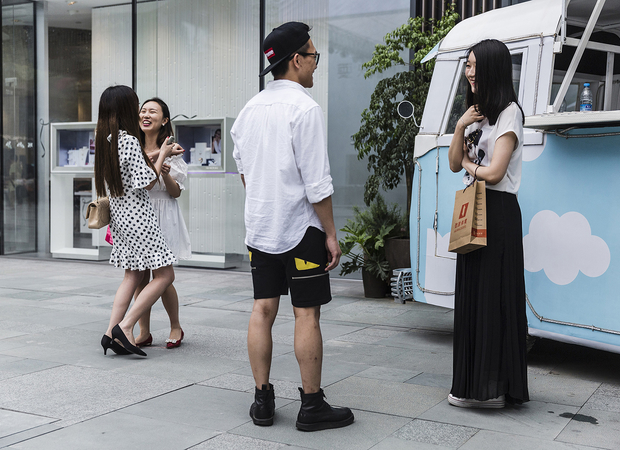
Pickup Artists with Chinese Characteristics
However, I think that there’s another aspect of this particular to China because this whole generation of men has had so little interaction with women, no role models of relationships from their parents. They are completely clueless about what a modern relationship looks like, but at a time when the internet has developed so much and the feminist movement in China is sometimes kind of extreme online. So to a degree, I feel like these men are triple left behind, not only in terms of their material life because of where they come from, educational level, and then, you know, an upbringing without love, but also in terms of their conception of gender roles which is still very much trapped in the old kind of patriarchal mindset.
When the success of a man is defined by how much money he can make, his ability to find a wife, his ability to have children, he has failed on every front. And then they’re in the bottom social class as well. So I think that while some of this owes to the uniqueness of China’s cultural and societal economic situations, there are also the consequences of capitalism that reinforce the patriarchal mindset in the country.
The film is called The Dating Game, but there is not much actual dating that goes on, with the exception of one date that happens off camera. But as you were making the film, did you research how young Chinese people are courting or dating?
“Dating” just wasn’t a thing that young Chinese people did at all for the first decade I lived in China, until maybe the late aughts when there were Valentine’s Day promotions and young people started doing things that looked like American dating. What can you say about the current dating scene, not just for the protagonists of your film, but also for urban Chinese?
There are similarities with New York, where I live. For the younger generation, it feels like not dating is kind of the trend, let alone getting married. I feel like the younger generation are so resistant to marriage now that, as we mentioned in the film, the birth rate is so low, China has had to close a lot of kindergartens all over the place.
And as we mention in the film, a lot of girls not only are not interested in dating real boyfriends, but they’re dating AI boyfriends. They feel their needs for emotional support can be fulfilled by AI.
So the protagonists of the film are not just facing the problem of 30 million too many men for women, they’re also facing competition from beautiful, very tender AI bot men. Can you talk about the AI dating companions?
[AI boyfriends] have been developing so rapidly in China for the last couple of years that by the time we finished filming, I think there were more than 10 million Chinese girls using them because these AI dating apps particularly target women. At least among the women that I talked to, every one of them had no interest in having a real boyfriend. They feel satisfied with AI boyfriends.
I think there are a couple of reasons. One of those is that, as in the West, women are a lot more independent in terms of their careers, in terms of doing what they want. So I think that they are much more focused on themselves, and they feel like their emotional needs can be fulfilled by AI. But at the same time, there was a wave of the feminism movement. And so they realized more and more that in their parents’ generation, their grandparents’ generation, women were treated unfairly. But at the same time, the societal and cultural expectations for women in marriages haven’t really changed at all.
That was kind of in my last film, Hidden Letters. I felt like men’s understanding about gender roles and their expectations for women and wives and mothers haven’t changed either. So for them there’s this gap, they haven’t caught up.
Are there problems with AI boyfriends? In the U.S. in recent months, there have been issues with ChatGPT, teenagers becoming emotionally dependent on chatbots leading to all sorts of unhealthy outcomes. Is this happening in China?
I don’t think there is much open discussion about the damage of these AI phenomena. I think part of it is because the overall narrative in China is to promote AI because we want to beat the U.S. as the number one in that technology.
And also, I think people’s tolerance for privacy violation is much higher in China, and people’s desire for chasing the newest technology—chasing the newest, the coolest—they’re much more thirsty.
Even young kids. Every one of my relatives’ children have these fancy watches that have even more functions than the Apple watches.
However, the [AI boyfriend] game that was portrayed in the film is called Love in Deep Space. [Almost 20 percent of the game’s profit comes from the U.S.] So this is a global phenomenon.
I’m really worried. These AI boyfriends, it really takes it to a different level, emotions of human connections. Once they are able to co-opt that, what is going to happen? I’m really deeply worried. It’s not just about data collection. Once they know how to manipulate human connections . . .





